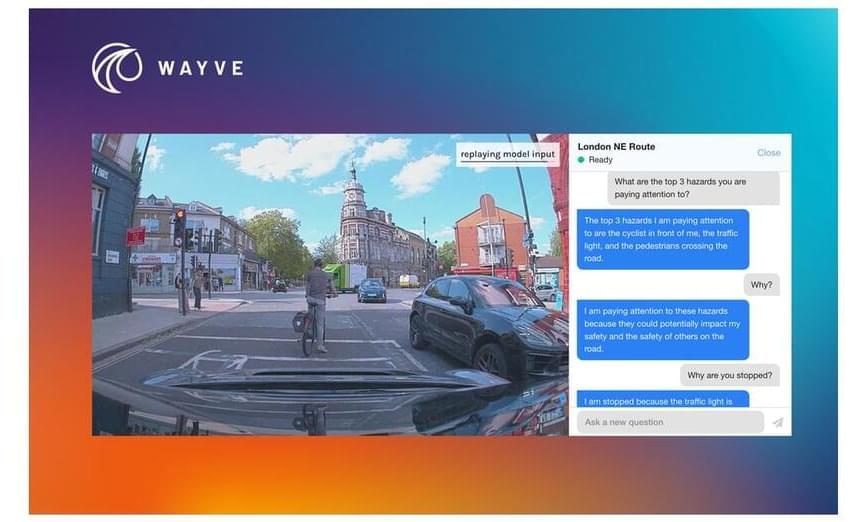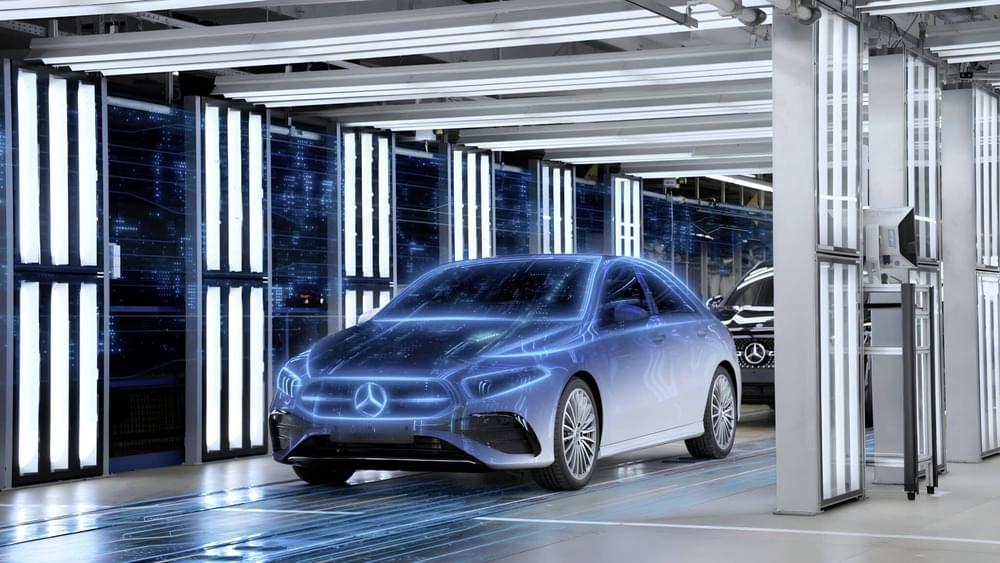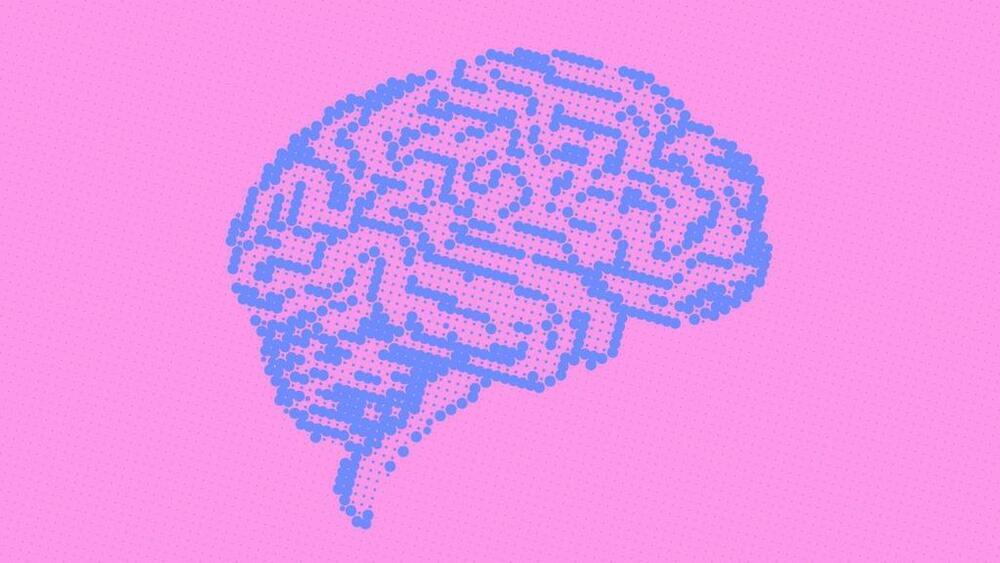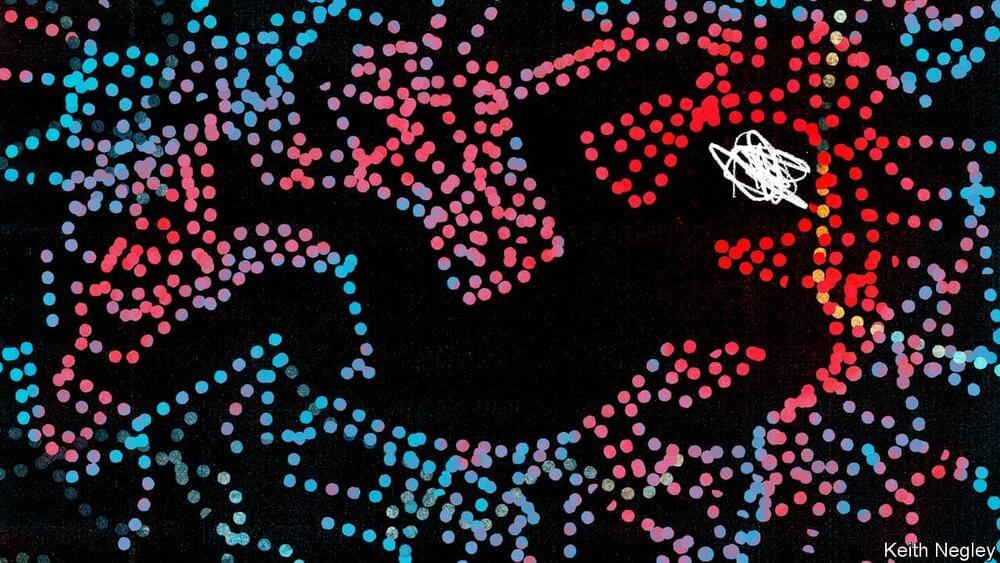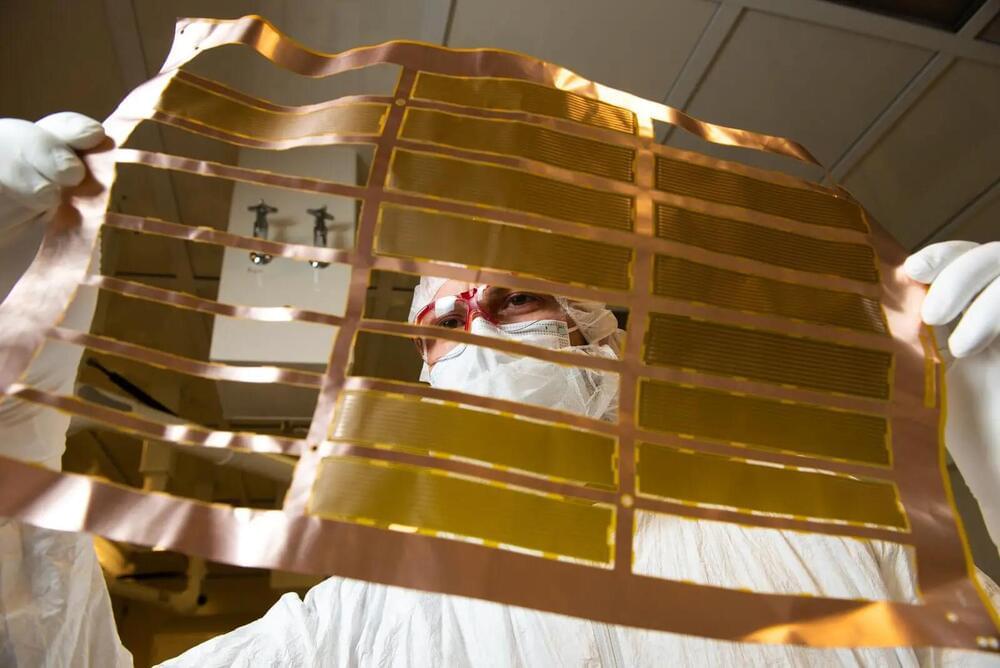Someone has made it. LONDON—(BUSINESS WIRE)—Self-driving technology company Wayve has launched LINGO-1, a first-of-its-kind vision-language-action model (VLAM) for self-driving that is set to revolutionise the learning and explainability of its AI Driver technology powering self-driving vehicles.
Prior to LINGO-1, end-to-end AI neural nets have been criticised as black boxes, providing limited insight into why and how they make decisions. Gaining deeper insight into the decision-making and reasoning capabilities of its AI models is critical to ensuring that Wayve can build a safe driving intelligence for self-driving. Wayve’s LINGO-1 opens up new capabilities to dramatically enhance the interpretability of Wayve’s AI Driver.
Wayve launches a breakthrough AI model, LINGO-1, that uses natural language to improve AI explainability for self-driving vehicles.
